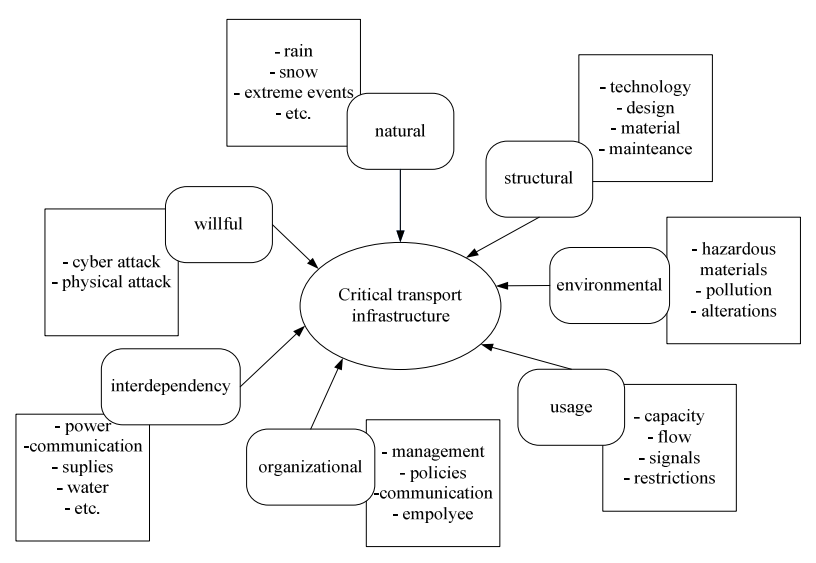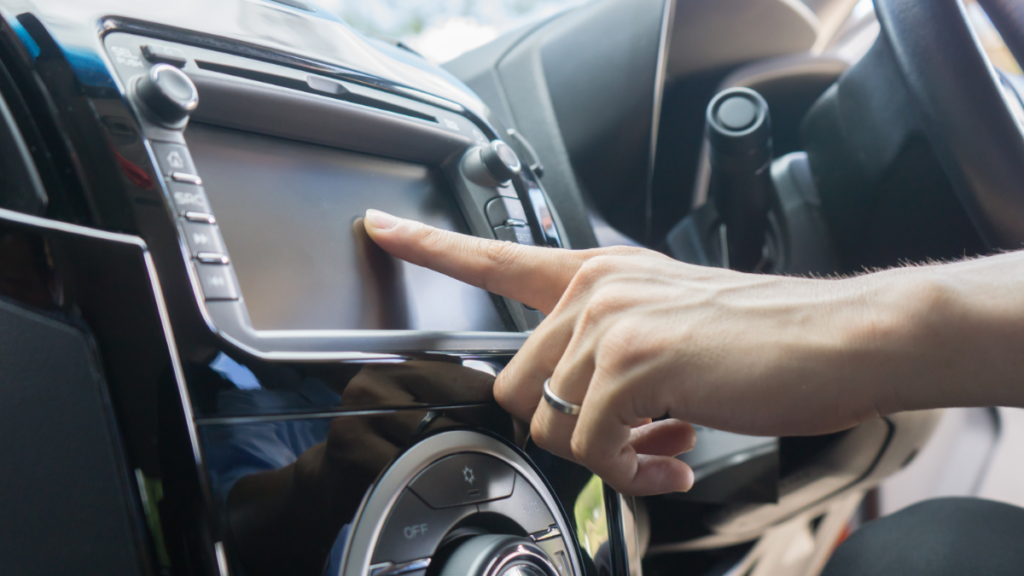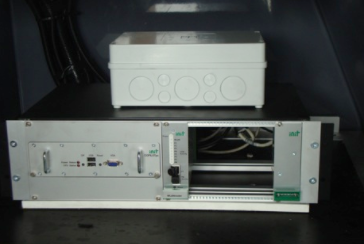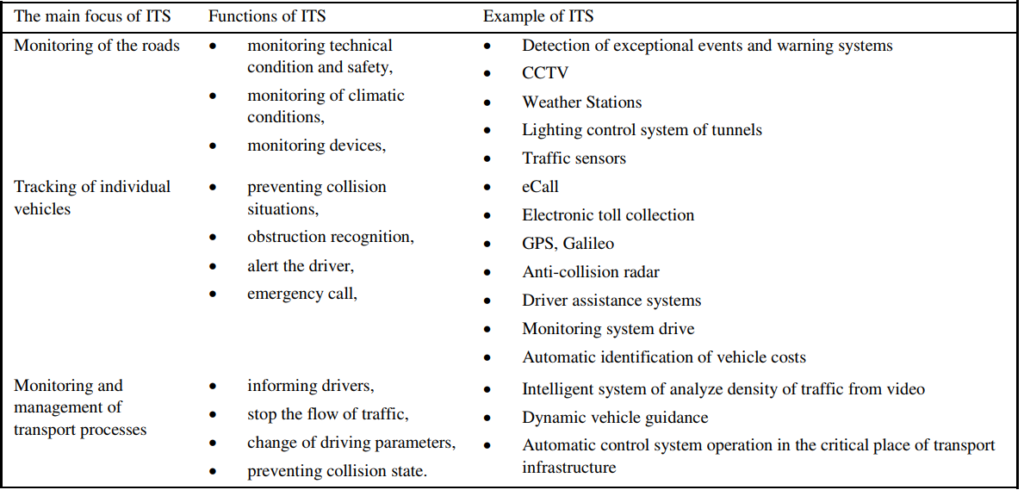We have seen the basic details about intelligent transportation system in the previous blog. If you haven’t gone through the blog, please go there and gather the knowledge before you begin here. I will take you for a trip starting from the major applications of intelligent transportation system, then to the disadvantages of intelligent transportation system. Later we will take a stroll through the intelligent transportation examples.
All set? Then let us start with why intelligent transportation system is a buzz word.
Need for intelligent transportation systems
The picture talks faster than words, right? Look at the figure below which explains why ITS is an oxygen mask in the present traffic conditions.

From the figure, we can reach at the following conclusions.
- The transportation system framework is highly complex
- It is composed of a wide range of infrastructures, such as terminal facilities, travel ways, transportation fleets, and information systems
- Transport should be open and accessible, extensive and ubiquitous, effective and adaptable
- Critical transportation infrastructure has great importance for the national economy, security and functioning of the state
- It is essential for:
- national priority
- providing basic services
- their reliability and availability
- ensuring trade flows
- supports economic growth
Now, we are going to jump on to the interesting topic related to the intelligent transport system.
Applications of intelligent transportation system

The important applications of intelligent transportation system are broken down in this section. Starting from the familiar electronic ticket machines,
1.Electronic ticket machines
- Replacement of conventional ticket sytem by electronic ticket machines.
- ETM acts as the focal point for peripheral devices (e.g. card readers) with which it can communicate
- The ETM has two distinct aspects, which provided the twin platforms of operational/data generating devices, and back-office/data analysis systems :
- Cash receipts and sales management
- Data generation, understanding of the business
2. MCV
These are one of the interesting applications of intelligent transportation system.
- These MCVs were connected to the ETMs by the RS485 network
- Received initiation and reference data from the ETMs
- Passed their transaction data back to the ETMs for storage and subsequent transfer to the company’s data systems
3. Autofare system- ancient among applications of intelligent transportation system
- The Autofare system was implemented in 1995
- Drivers no longer handled any cash or gave change
- Customers purchasing a ticket on board placed sufficient cash in the autofare device
- The driver issued a ticket from the ETM for the requested fare
- If the cash tendered exceeds the fare, a supplementary receipt is also printed from the ETM for the difference
- When the tickets are issued, the cash drops into a safe beneath.
- While the autofare achieved is the primary function, it had multiple issues:
- Very high back-office burden – removal of safes every day, handling the safes, transfer of safes and money, safe management and reconciliation
- Cash reconciliation and accountability, since multiple drivers may be assigned to a bus during the day, and hence associated with the takings in the individual safe
- Limited integration with the ETM
4. Radio system
- Implemented a Trunked Radio System, broadly similar to mobile phone.
- This gives call privacy, the dispatcher controls the radio exchanges, calls the drivers individually,
- The drivers cannot directly initiate calls but must request to speak and await the dispatcher contacting them
- Group calls can also be made
- An emergency facility is available which overrides and allows the driver to communicate directly.
5. Wayfarer ATM
The main characteristics are:
- It replicates the functions of the old ETM system, with which everyone was familiar
- The entire fares and routes tables can be held by the ETMs, due to greater memory capacity
- It supports the Integrated Ticketing System – i.e. the ticketing requirements of the scheme supported by the Department of Transport (this was obligatory on Dublin Bus)
- Wireless communications are used for data downloads
- this removes the previous requirement for portable data modules which each driver had to bring to the depot for download at the end of his/her shift
- Wireless communication is also used for uploading information and data updates
- Used for uploading software upgrades, removing the previous requirement to physically change the (E)EPROMs in each ETM every time software was amended
6. Readers
- A reader in the cash office downloads the data when the safe is being emptied and the cash counted
- It automatically knows which bus the safe has come from, and which drivers were associated with it for that day.
- A permanent identified of the vehicle is embedded in the ETM tray (permanent fixture on the vehicle)
- This is transferred to the ETM and from the ETM to any other device that needs it.
- It means that whenever ETMs are switched they automatically pick up the vehicle number, and in turn are automatically assigned within the system.
7. Smartcards- one of the recent applications of intelligent transportation system
- Smart Cards were implemented in 2008
- Smart Card readers are installed on the buses (one per bus) in parallel with the MCVs
- The SCRs are another device on the ETM-hosted RS485 network.
8. AVLC
- The AVLC was implemented from 2009
- This involves real-time tracking of vehicles
- Buses are polled on a 20 second cycle
- The location data is based on GPS and Odometer
- The Odometer provides the primary means of location, with the GPS supplementing it
- Seems that they left the option open in the tender process, and this was what the market proposed
The AVLC has the following features:
- Real-time tracking
- More efficient route control regime
- Facilitates a centralized control room
- Generates comprehensive reports and statistics
- Provides/supports RTPI
- Support traffic signal priority
The AVLC kit consists of the following equipment:
- Bus radio
- Driver’s console
- GPS unit
- On-board computer
- Wireless LAN router

8. Real time passenger information- One of the revolutionary applications of intelligent transportation system
Real-time passenger information can process real-time information (forecast arrival times) about the travel information to the passengers.
9. CCTV
It has a network of 140 CCTVs providing excellent coverage of most of the key junctions and streets, and most potential disruptions points for the Dublin Bus network. It is very useful in difficult or disrupted circumstances.
That was a hell lot of information, right? Relax now. We have reached at the shore of the wide of ITS. The main disadvantages of intelligent transportation system are as follows.
Disadvantages of intelligent transportation system
We have seen some impressive applications of ITS. But who is perfect? Let’s see the important disadvantages of intelligent transportation system below.
- Difficult to use in mixed traffic
- Preliminary difficulties in understanding
- Equipments of ITS is costly
- High maintenance cost
- The control system software could be hacked by hackers
- Can’t make quick response to emergency or congestion due to sudden accident
- Not dedicated for traffic data collection
What do you think about the disadvantages of intelligent transportation system? Worth giving attention, right? Let’s wrap up with some intelligent transportation system examples to add cherry on the top of the ITS cake.
Intelligent transportation system examples
The figure shows the intelligent transportation system examples which comes under each category.

So, we are done. Now, Tech-savvy, tell me your feedbacks and doubts in the comments.
Enjoy reading!
MUST READ: Basic of civil engineering; Simple and in-depth guide


Comments are closed.